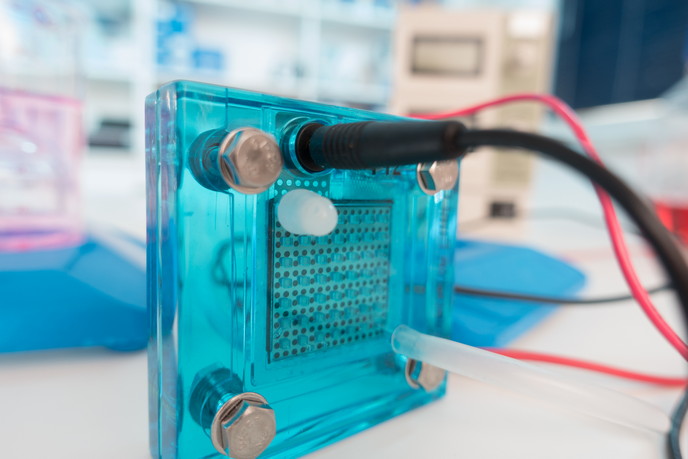Keeping a steady focus on difficult matter
Besides the liquid, solid and gaseous phases of matter, there is a fourth low-energy state known as Bose-Einstein condensate (BEC). Until recently, this state was only a theoretical possibility. At the Bose-Einstein condensate the majority of atoms are found at the lowest ground state energy levels which requires the use of a cooling apparatus to reach temperatures close to absolute zero (– 273 degrees Celsius). The method used to achieve BEC has potential applications in many future technologies but is still in its infancy and requires significant development. The main aim of the EU-funded ‘Bose-Einstein condensation of ground state molecules’ (M-BEC) project was to create a BEC for molecules in the lowest vibrational and rotational level of the electronic molecular ground state. The project proposed using light lasers in two stages so as to transfer molecules to the rovibrational ground energy state. The hardest problem physicists face in making BECs is keeping the laser tuned to the right frequency despite outside interference. The M-BEC project optimised the precise wavelengths required for the molecular transitions to take place using spectroscopy techniques. An optical lattice was also incorporated to suppress energy losses during inelastic collision. The effect of the lattice on the transition to the ground state was also investigated to avoid impedance of the molecule transition to the ground state. The accomplishments of the M-BEC project have set the ground for molecule energy transfer to the ground state. Potential basic science applications of the BEC technique include quantum gases and heteronuclear molecules, opening the doors for studying novel quantum phases. Although only achieved in a laboratory so far, BECs are believed to have future applications in diverse technologies.







